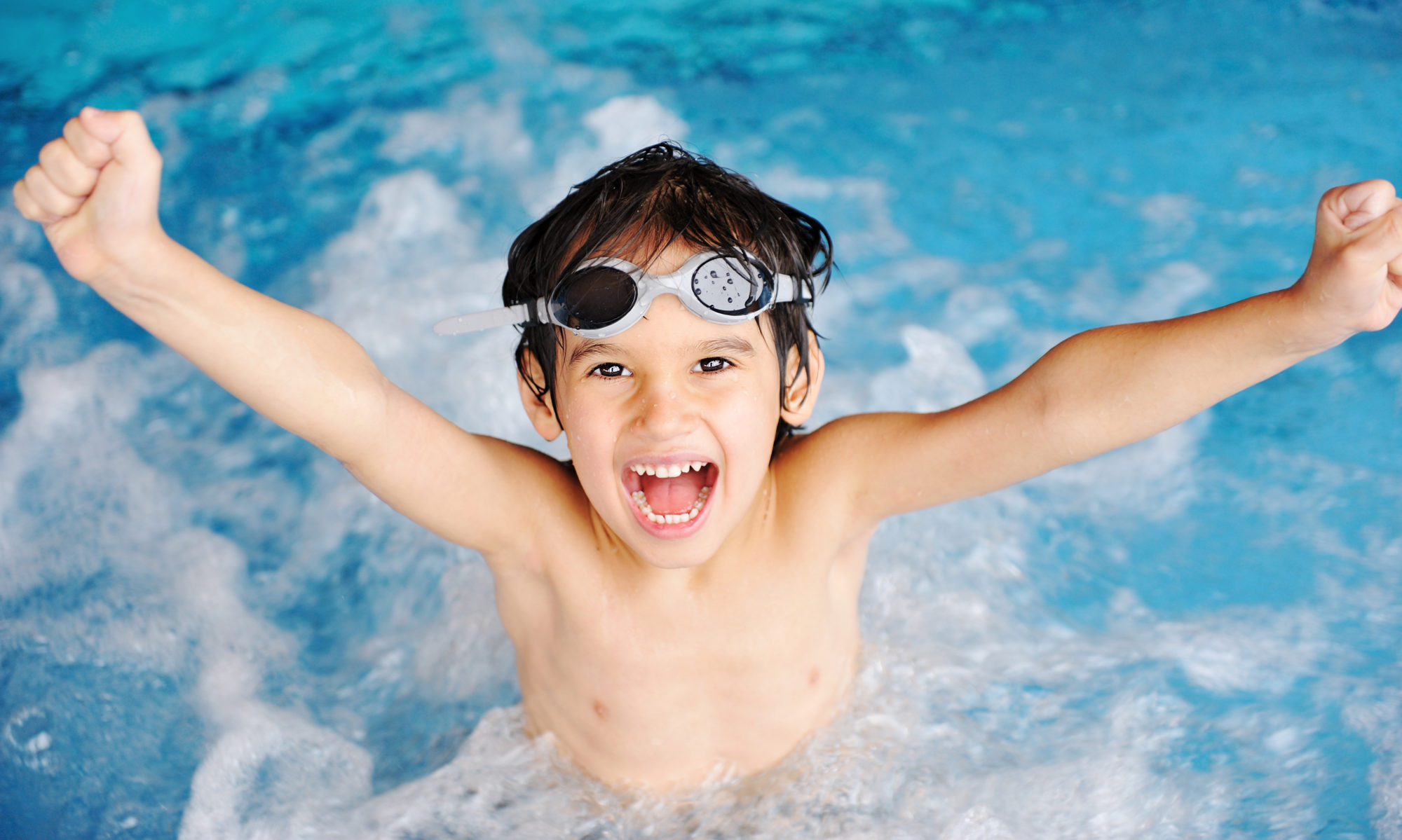When you’re teaching your kids to swim, there are limits to what you can do. There’s only so much time you can spend in the pool. There’s only so much practice your kids can do before they get tired out. But there’s a trick that elite athletes use to break free of these limits, and you and your kids can use them, too.
Visualize Movement
Studies have shown that athletes get as much benefit from visualizing their performance in great detail as they do from physically practicing (up to a point—you’ve got to get in the water, too). Many elite athletes use visualization as part of their training. It’s safe. It’s portable. It helps build confidence and comfort. It doesn’t tire out your child’s body. It’s also a great distraction when you’re stuck in traffic or waiting in line. (Just make sure the driver isn’t doing the visualizing.)
Guide your child through a visualization of the skill you’re working on. Paint him a picture with words. Use descriptions of what he’ll be experiencing with all of his senses. Describe how the pool and the water look. Describe how the water feels. Describe the smell and the sounds of the pool. Describe how he’ll move his body and how that will feel. The more vivid the visualization, the more effective it will be.
